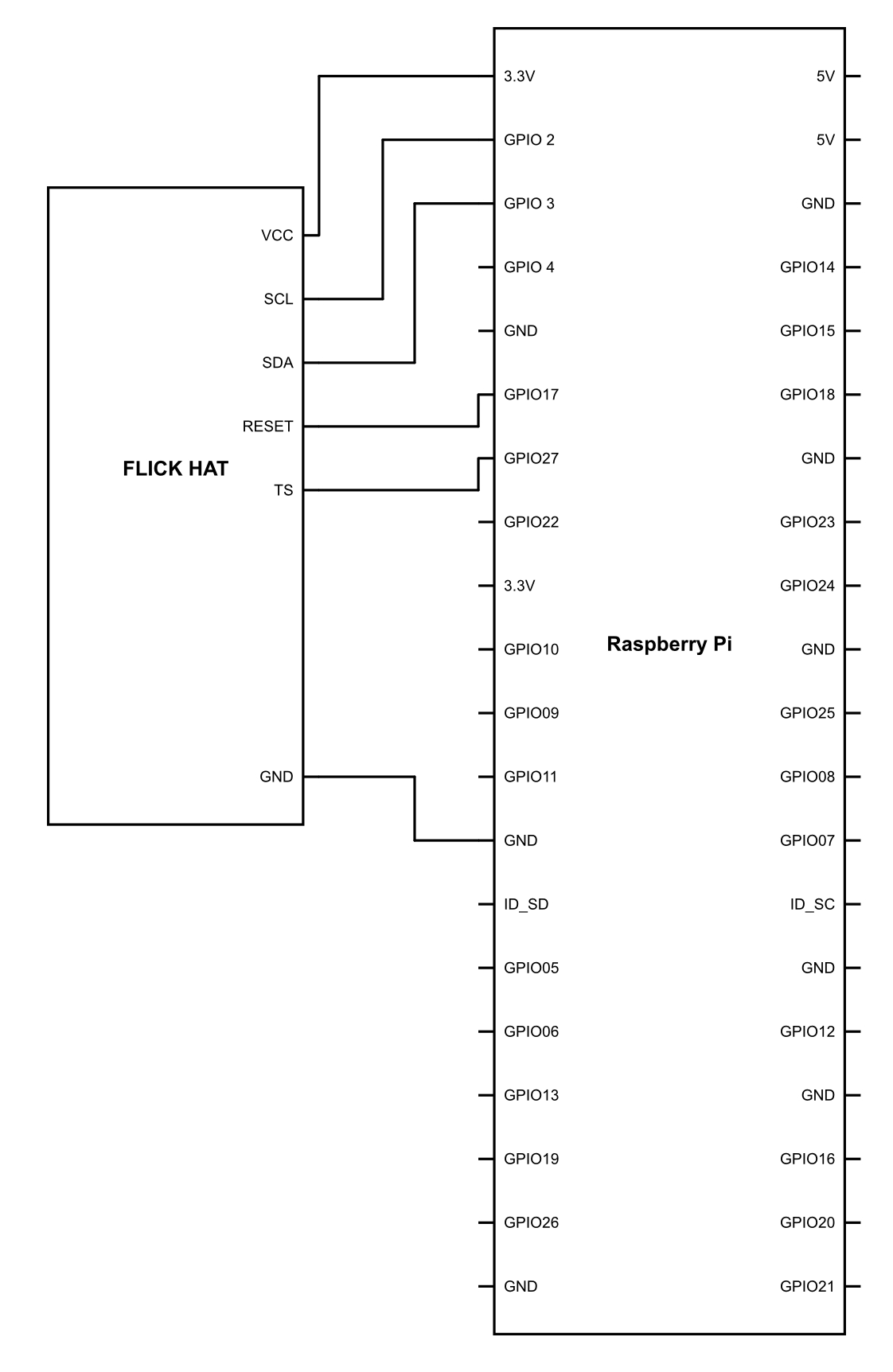Since the beginning of time, humans have communicated with each other using gestures, even before there wasn't any formal language. Hand gestures were the primary way of communication, and it is also evident in the ancient sculptures found all across the world that the signs have been a successful way of transferring a huge amount of data in a very efficient way, sometimes, even more efficient than language itself.
Gestures are natural, and they can occur as a reflex to a certain situation. It also happens subconsciously even without our knowing. So, it becomes an ideal way of communication with various devices. However, the question remains, how?
We have used vision processing in our last few chapters, and we can be sure that if we are talking about gestures, then we would surely have to do a lot of programming to identify the gestures in the videos; furthermore, it would require a huge amount of processing power to make it happen as well. Hence, it is out...




